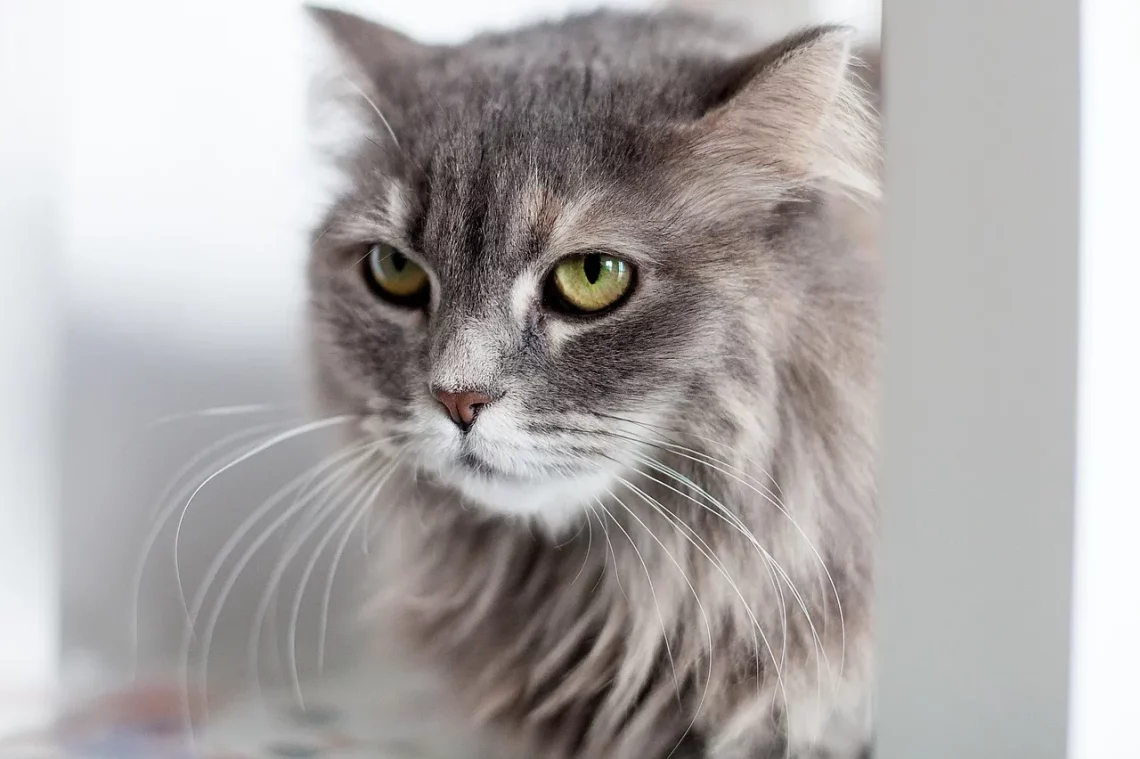
Can Cats Get High From Catnip or Other Substances?
Cats are fascinating creatures, known for their playful nature and curious behaviors. Among the many quirks that cat owners observe, one of the most intriguing is their reaction to catnip, a herb that seems to induce a euphoric state in many felines. Catnip is a member of the mint family and contains a compound called nepetalactone, which can trigger unique responses in cats. However, the effects of catnip are not universally experienced, as only about 50-75% of cats are genetically predisposed to react to it.
Beyond catnip, pet owners often wonder about other substances that might affect their cats. This curiosity raises questions about the safety and potential risks of exposing cats to various plants, herbs, or even household items. Understanding the science behind these reactions is essential for responsible pet ownership and ensuring the well-being of our feline friends. With an increasing number of products marketed for cats, including those containing catnip or similar substances, it’s important to discern fact from fiction regarding what truly affects our pets.
This exploration into the world of feline responses to catnip and other substances can help cat owners make informed decisions. Whether you’re looking to enhance your cat’s playtime or simply curious about their peculiar behaviors, knowledge is your best ally in ensuring a safe and enjoyable environment for your beloved companion.
The Science Behind Catnip’s Effects
Catnip, or Nepeta cataria, is a herb that has captured the attention of cat lovers and researchers alike. The primary psychoactive compound in catnip is nepetalactone, which is found in the leaves and stems of the plant. When cats smell this compound, it can trigger a range of behaviors, including rolling, rubbing, purring, and even a temporary state of euphoria. The sensitivity to catnip is hereditary; not all cats will respond to it, and the reaction can vary in intensity.
When inhaled, nepetalactone binds to receptors in a cat’s nasal tissue, stimulating sensory neurons that send signals to the brain. This process mimics the effects of pheromones, leading to the euphoric response that many cat owners observe. Interestingly, the effects of catnip are usually short-lived, lasting approximately 10 to 15 minutes. After this period, cats often become temporarily desensitized to the herb, requiring a break before they can experience its effects again.
The responses to catnip can also differ based on a cat’s age and personality. Kittens and older cats may not show interest in catnip as much as healthy adults do. This variation in reaction is linked to developmental factors and the individual temperament of the cat. Some may become playful and energetic, while others may appear relaxed or even indifferent to the herb.
In addition to its psychoactive properties, catnip can serve as a form of enrichment for indoor cats, providing mental stimulation and encouraging physical activity. However, it’s essential for cat owners to use catnip in moderation and observe their pet’s reactions. While catnip is generally safe, excessive exposure may lead to overstimulation or mild gastrointestinal upset.
Other Plants and Substances That Can Affect Cats
While catnip is the most commonly known plant that induces a high in cats, there are several other herbs and substances that can have similar or different effects. One notable example is valerian root, which has been observed to elicit responses in some cats comparable to those triggered by catnip. The active compound in valerian, actinidine, can affect the same receptors in a cat’s brain, leading to playful and euphoric behaviors.
Another plant that some cats may respond to is silver vine, or Actinidia polygama. This plant is native to Asia and contains compounds that can attract cats even if they do not react to catnip. Silver vine has been shown to induce a strong playful response in many felines, making it an excellent alternative for those cats that are not sensitive to catnip.
However, not all plants are safe for cats. Some common household plants, such as lilies, poinsettias, and philodendrons, can be toxic and pose significant health risks. It is crucial for cat owners to familiarize themselves with plants that are safe and those that should be avoided. Ingesting toxic plants can lead to symptoms ranging from mild gastrointestinal upset to severe reactions requiring veterinary intervention.
Moreover, some household items and substances can also be harmful to cats. For instance, essential oils, while popular for their aromatic properties, can be toxic to cats due to their sensitive metabolic systems. It’s essential to ensure that any products used in the home are safe for pets, and when in doubt, consulting a veterinarian is always a wise choice.
Understanding Your Cat’s Unique Preferences
Each cat is unique, and their reactions to catnip and other substances can vary significantly. Some cats may frolic and play energetically, while others may simply sit back and enjoy a passive state of relaxation. Observing your cat’s behavior and preferences can provide insight into their personality and help you tailor their environment to suit their needs.
Providing a variety of stimuli, such as toys infused with catnip, scratching posts, and interactive play sessions, can enhance your cat’s quality of life. If your cat shows little interest in catnip, alternatives like silver vine or valerian root can be explored. Always introduce new substances gradually and monitor your cat’s reactions to ensure they have a positive experience.
Additionally, understanding the context in which your cat enjoys these substances is vital. Many cats may respond more enthusiastically to catnip during playtime or after a period of inactivity. Creating an engaging environment where your cat can explore and enjoy these stimuli can lead to more enriching experiences.
It’s also important to consider age and health factors when introducing catnip or other substances. Kittens may not respond to catnip until they mature, while older cats with certain health conditions may react differently. Always prioritize your cat’s well-being and consult with a veterinarian if you have any concerns about their health or reactions to particular substances.
In summary, recognizing and respecting your cat’s unique preferences can lead to a happier and healthier pet. Enhancing their environment with safe and engaging stimuli can foster a loving bond and contribute positively to their overall well-being.
Safety Considerations for Cat Owners
As a cat owner, ensuring the safety of your feline friend is paramount. While many plants and substances may be safe in moderation, it is essential to be aware of potential risks associated with introducing new items into your cat’s environment.
When using catnip or similar substances, keep an eye on your cat’s behavior. While most responses are benign and enjoyable, some cats may become overly excited or aggressive. If you notice any adverse reactions, such as vomiting, diarrhea, or changes in behavior, it is best to discontinue use and consult with a veterinarian for guidance.
Moreover, it’s essential to ensure that any toys or products containing catnip or other herbs are made from safe materials. Opt for products from reputable manufacturers and avoid items that may contain harmful chemicals or additives. Regularly inspect toys to ensure they remain intact and safe for your cat to play with.
In addition to plants, it is vital to educate yourself about common household items that can pose a threat to your pet. Many seemingly harmless substances, such as certain cleaners, human foods, and medications, can be toxic to cats. Always store hazardous materials out of reach and be mindful of what your cat might encounter in their environment.
If you suspect that your cat has ingested a toxic substance or is showing signs of distress, seek veterinary assistance immediately. The quicker you respond, the better the chances of a positive outcome. Being proactive about your cat’s health and safety is the best way to ensure a long and happy life for your beloved companion.
In conclusion, while catnip and other herbs can provide enjoyable experiences for many cats, it is crucial to approach their use with caution and mindfulness. Always prioritize your pet’s health and well-being, and consult with a veterinarian when needed.
**Disclaimer:** This article is for informational purposes only and should not be considered medical advice. For any health concerns regarding your pet, always consult with a qualified veterinarian.




